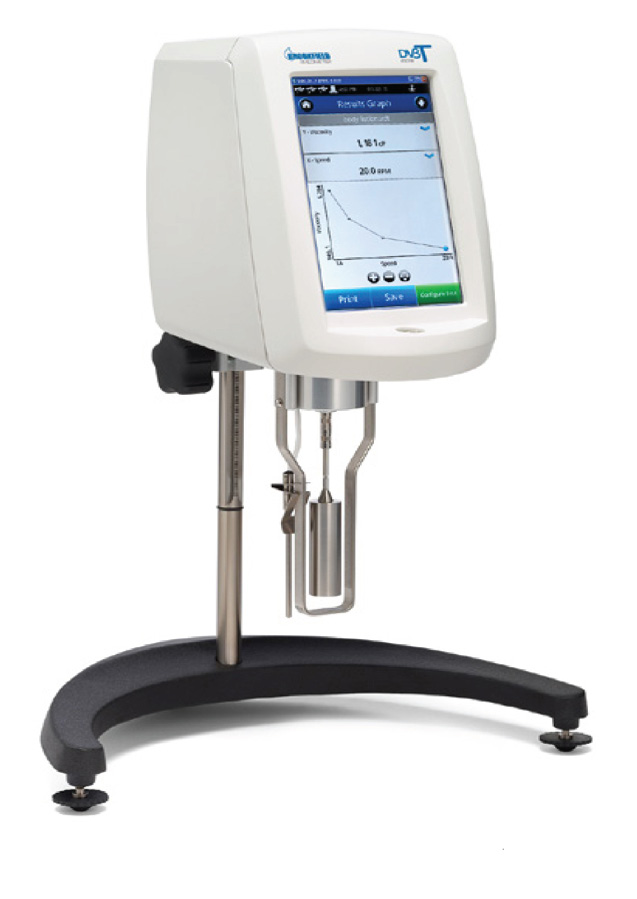


These types of viscometers are based on the principle that the force required to rotate an object immersed in a fluid can indicate the viscosity of the fluid. The time it takes for the fluid to pass through the capillary tube is directly proportional to the dynamic viscosity and inversely proportional to the density of the fluid, and, obtaining the expression:īecause time is dependent on the density and also the viscosity of a fluid, a time of shearing reduces the viscosity.Ĭapillary tube measurements need to be restricted to fixed duration, it provides a direct reading of kinematic viscosity. The time is multiplied by an instrument constant to find out the kinematic viscosity of the fluid: The time it takes for the fluid to pass from brand B to brand C through the capillary tube is recorded. As shown in the below figure, the viscometer is filled with the solution to be evaluated up to the upper level, or mark A, then the fluid is sucked past the mark of the bulb through the capillary tube, up to mark B.Īs the next step, the fluid passes through a capillary tube under the influence of its hydrostatic pressure. The simplest design of capillary viscometer type of model is the Ostwald viscometer. The most common viscometer among the few other capillary tube viscometer is the Ostwald viscometer, measuring the flow of the liquid through the tube. There are three basic practical techniques for determining the viscosity of a Newtonian liquidĬ) Falling Ball viscometer. Types of ViscometersĪ viscometer is a piece of equipment for measuring the viscosity of a fluid. The above phenomena are the basis for the induction of three major viscometers in the industry.

fluid flowing througha resistive component.These are generally based on one of three phenomena Several methods are used to measure the viscosity of fluids.

For example, when a fluid is forced to pass through a tube, it flows faster near the axis of the tube than near its walls.įactors that influence the viscosity measurement are temperature, time, and shear stress. Viscosity is considered as a measurement of the frictional force that appears between neighboring layers of fluid that are in relative motion. For example, the viscosity of syrup is above the water. The viscosity of a liquid is a measure of its resistance to deformation at a given speed.įor liquids, viscosity corresponds to the natural concept of “thickness”. Viscosity is a distinctive property of fluids.


 0 kommentar(er)
0 kommentar(er)
